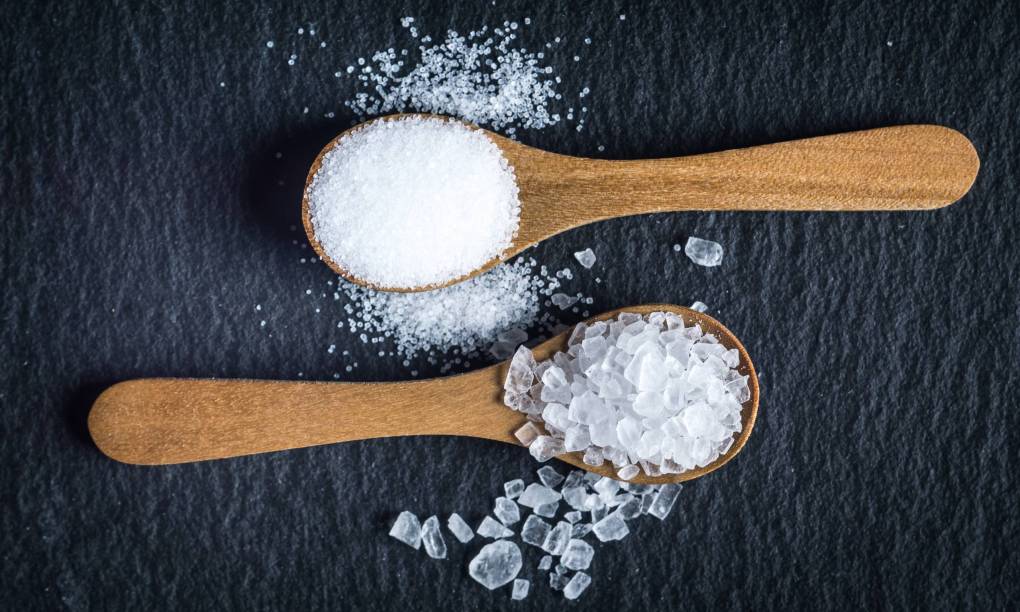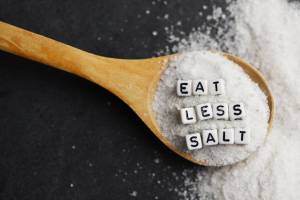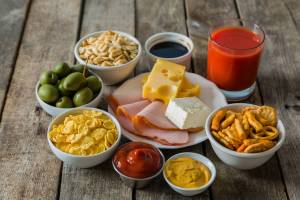
Salt and Sodium: What is the Difference?
Posted on January 29, 2020
Salt is composed of two minerals; sodium (Na) and chloride (Cl). Salt or table salt (NaCl) is the combination of these two naturally occurring elements with the mineral sodium making up 40%, and chloride 60%, of salt.
There is no difference between salts, it does not matter if it is pink or white in crystal form, it is all the same to the human body. The only advantage to natural salts is that they may provide other minerals to the body.
Sodium found in salt is important and essential for life. The body uses sodium to keep cells healthy. Along with potassium, you need sodium so that nerves can function properly and your muscles can contract. Sodium helps balance out the body’s fluid, electrolyte and pH levels.
Daily intake of salt should be around 5 grams per day, this equates to 2,300 mg of sodium. However, most Australians exceed this by consuming 9 grams daily which equates to 4140 mg of sodium per day. It’s therefore important when comparing sodium content between products on the supermarket shelf to pick those with the lower sodium % of daily intake.

Sodium is found in almost every food we eat, but the amount varies. Foods such as vegetables and fruit have naturally occurring sodium present in small amounts. Even if you think your diet is low in sodium, that will depend on the foods you include in your daily intake.
Food high in sodium may include:
- Highly processed foods
- Grain-based products
- Meats highly processed and preserved
- Take away foods

High sodium intake impacts the body and your health in many ways and is linked to conditions other than high blood pressure such as:
- Heart failure/heart attack
- Kidney problems and kidney stones
- Oedema (fluid retention)
- Stroke
- Left ventricular hypertrophy (thickening of heart muscle)
- Osteoporosis
- As sodium is found in highly processed foods which are often high in fat and sugar, it can lead to obesity
- In children – sodium can influence blood pressure and in later life may predispose an individual to osteoporosis, respiratory illnesses, stomach cancer and obesity.

How to balance your daily sodium intake:
- Don’t sprinkle salt on foods
- Look for “No Salt”, “Low Salt” or “Reduced Salt” food items
- When reading Nutrition Information Panels (NIP) try to avoid products with more than 400 mg of sodium per 100 g / ml
- Reduce the use of highly processed foods
- Use stocks and sauces to add flavour to your cooking, with lower sodium levels per 100 g / ml
Below is a quick reference guide to help you understand and manage your individual sodium intake daily:
¼ teaspoon salt = 575 mg sodium
½ teaspoon salt = 1150 mg sodium
¾ teaspoon salt = 1725 mg sodium
1 teaspoon salt = 2300 mg sodium (5 g salt)
Sodium is important for the human body to function properly, however, too much can have a negative impact on health.
Serve and eat foods lower in sodium and eat well.
 Dr Karen Abbey
Dr Karen Abbey
Foodservice Dietitian
Special Dietary Chef


